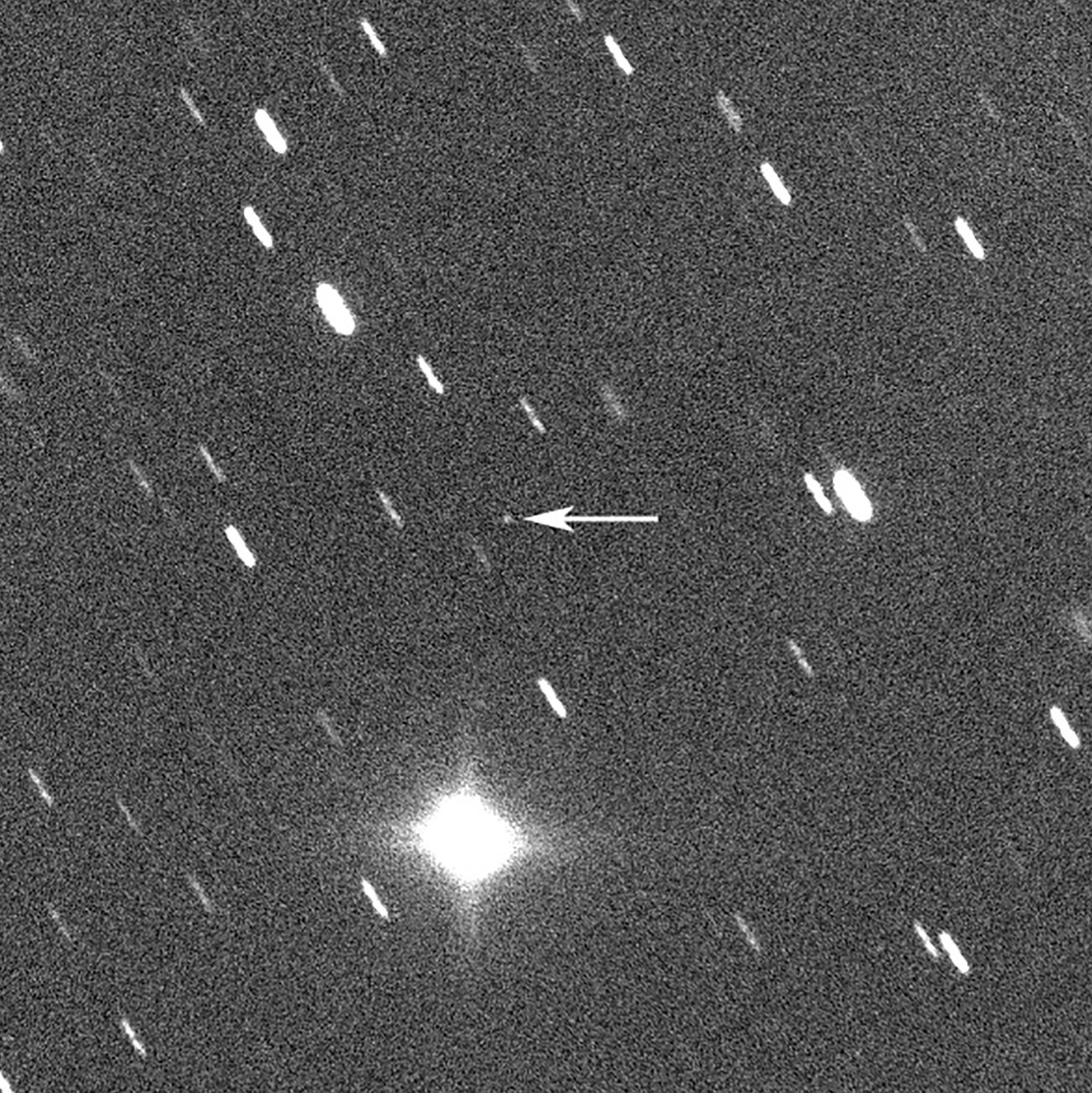This week, sky gazers are in for a treat as a colossal asteroid, roughly the size of a skyscraper, is set to make a close pass by Earth on Friday. Measuring between 690 and 1,575 feet in diameter, this space rock, known as 2008 OS7, is a fascinating celestial spectacle. While it may seem alarming at first glance, rest assured that it poses no threat to our planet, as it will soar by at a distance of about 1.7 million miles – a safe seven times the distance between Earth and the Moon.
Discovered back in 2008, 2008 OS7 has since captured the attention of astronomers and space enthusiasts alike. Its size is comparable to iconic landmarks such as New York City’s Empire State Building or Chicago’s Willis Tower, making it a notable cosmic entity. This close encounter provides a unique opportunity for scientists to study the asteroid’s composition and trajectory as it navigates through space.
Interestingly, this won’t be the last time we see 2008 OS7. Although it won’t swing by again until 2032, its next visit will be at a much greater distance, approximately 45 million miles away. This rarity adds to the allure of this week’s celestial event, making it a noteworthy moment for astronomers and enthusiasts to observe.
But the excitement doesn’t end there. Throughout the week, several other asteroids are also set to make their harmless flybys. On Friday, three smaller asteroids, each measuring only a few tens of yards across, will safely buzz past Earth. Saturday brings two more encounters, followed by another on Sunday – an asteroid roughly half the size of 2008 OS7, maintaining a distance of 4.5 million miles.
Despite the flurry of cosmic activity, there’s no need for concern. These encounters serve as a reminder of the dynamic nature of our solar system, offering valuable insights into the behavior of celestial bodies. So, while astronomers and space enthusiasts eagerly await this week’s celestial events, Earth remains safe and secure, with the skies clear of any imminent threats from space.















































